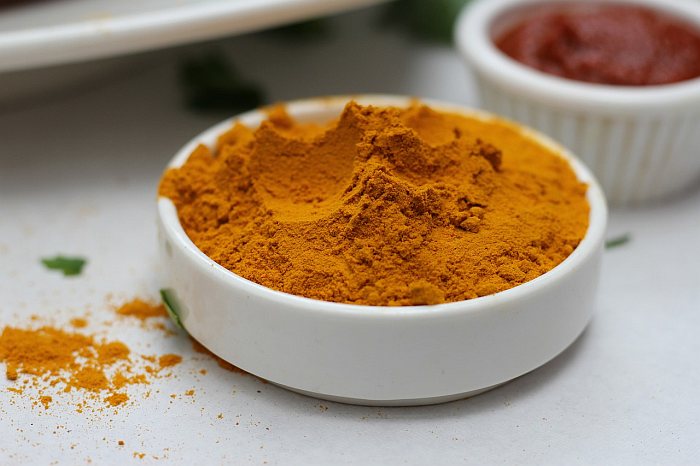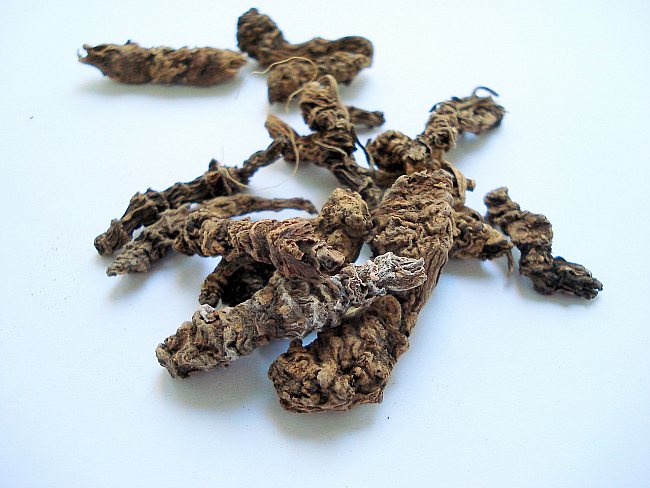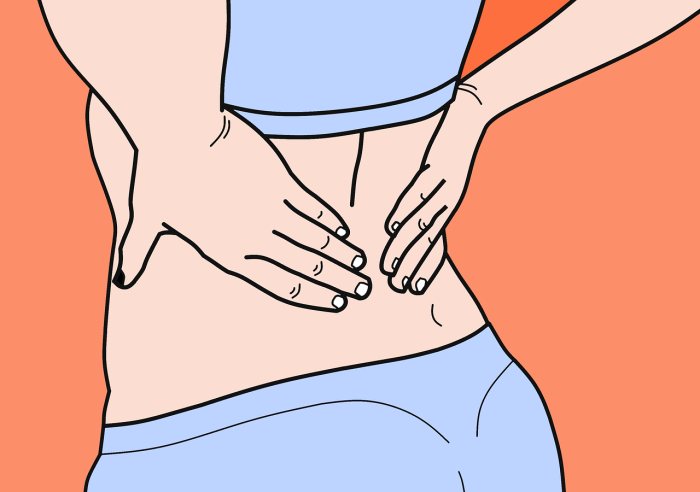About Sciatic Nerve Pain
Sciatic Nerve Pain – commonly called Sciatica – is an intense and repetitive pain that runs along the ‘sciatic nerve,’ which is the biggest single nerve in the human body. This extremely painful condition is considered a degenerative syndrome of leg pain, instead of a disease.
The agonizing Sciatic Nerve Pain is basically felt in one leg, and it runs the whole length of the leg. The apparent cause of Sciatica – which is described by most sufferers as ‘unbearable’ pain – is the squeezing of certain nerves in the lower spine which run along the sciatic nerve. As such, Sciatic Nerve Pain begins from the lower back, runs through the entire leg, and goes down to the toe.
Speaking briefly, Sciatica Nerve Pain is an excruciating neuromuscular condition which gets its name from the sciatic nerve – the nerve which is primarily affected in this condition and where the pain occurs.
Most of the sufferers of Sciatica Nerve Pain do not know what has triggered the intense pain or how they can prevent the repeated occurrence of this pain. Moreover, the initial diagnosis of Sciatica may be difficult because its symptoms are very similar to some of the most common symptoms of arthritis.
Causes of Sciatica Nerve Pain
Sciatic Nerve Pain can be a result of several causes; though, in some cases, this pain can potentially be an indication of narrowing of spinal canal, bone spurs and other spine-related disorders.
Nonetheless, the most common cause of Sciatic Nerve Pain is that the disc in the spine ruptures or bulges when it presses against the roots of the sciatic nerve.
According to Ayurvedic experts, Sciatica – also known as ‘Gridhrasi’ – results from an imbalance of the ‘Vata’ dosha in the body. It is one of the 80 different kinds of neuromuscular/neurological conditions caused by ‘Vata’ imbalance.
Symptoms of Sciatic Nerve Pain
A number of symptoms characterize Sciatic Nerve Pain. Some of the common symptoms of this extremely painful condition are:
- Continuous pain in one leg or one side of the buttock
- Tingling or burning sensation in the leg
- Numbness in the leg, foot and toes
- Difficulty in moving the leg and foot
- Intense pain which radiates down the leg
- Acute pain while sitting
- Piercing pain because of which standing up or walking becomes difficult.
Seven Natural Remedies for relief in Sciatic Nerve Pain
-
Turmeric

Turmeric is a widely-used spice which is known, since olden times, for its amazing medicinal properties. Turmeric is an antioxidant and anti-inflammatory spice, abundant in a compound known as ‘Curcumin’ which is very effective in managing inflammation and nerve pain.
Sciatica patients – who are not taking blood thinners or diabetes medicines, or do not suffer from gallstones – should boil one teaspoon of turmeric and a small stick of cinnamon in one cup of milk. Add some honey to it, and take this solution one or two times a day till the nerve pain starts subsiding. Alternatively, 250mg-500 mg of Curcumin supplements can also be taken thrice a day for a few weeks.
-
Valerian root

Valerian root is very effective herb for managing chronic nerve pain, and is specifically very beneficial for patients suffering from Sciatic Nerve Pain resulting from muscle spasm. Valerian root is also a wonderful relaxant, with the volatile oils in the herb being extremely useful for relaxing the muscles and easing tension.
Patients suffering from Sciatic Nerve Pain should consume herbal tea prepared from Valerian root several times in a week for some weeks. For preparing this tea, one teaspoon of dried Valerian root should be steeped in one cup of hot water for 10 minutes.
-
Garlic

The increased intake of garlic in daily diet is also a very beneficial natural remedy for Sciatic Nerve pain. Garlic has proven anti-inflammatory properties, because of which it is very useful in managing Sciatica pain and improving the immune system.
Patients of Sciatica can either take pure extracts of garlic as a supplement such as Garlic capsules or, alternatively, take four raw cloves of garlic every morning to manage pain.
-
Fiber-rich foods

Certain dietary changes can also be effective in relief from Sciatica pain. Patients of Sciatica should increase the intake of fiber-rich foods which can not only reduce pain, but also improve the structure and functions of sciatic nerves.
Some of the fiber-rich foods which can be added to the diet of Sciatica patients include brown rice, whole wheat bread, lentils, black beans, lima beans, split peas, broccoli, artichokes, and white gourd. In addition, fruits which are recommended for Sciatica patients include apples, figs, dates, pomegranate and blackberries.
-
Exercise/Yoga

Exercises which strengthen the lower back and the abdominal muscles, and help in lumbar disc prolapsed, can also be beneficial in relieving Sciatica pain. Moreover, certain yoga poses can also alleviate pain related to Sciatica.
Some of the yoga poses beneficial for Sciatica patients include: the knee raise, the standing back twist, the single knee twist, the two knee twist, and the twisted lunge.
-
Massage therapy

Patients suffering from Sciatic Nerve Pain can also get relief with the help of massage therapy, especially trigger-point massage therapy – involving the massage of the muscles which cause pain in the lower back, thighs and buttocks – at least once a day.
Since massage can relieve sciatica pain, stimulate blood circulation and release tension, should be rubbed on the affected areas, two or three times daily, until there is significant relief from pain.
Herbal formulations
Some herbal formulations prepared by Ayurvedic experts can also provide relief from intense pain linked to Sciatica. These herbal formulations are safe and free from chemicals, and can effectively manage the painful conditions associated with Sciatica.
Some of the most beneficial herbal formulations for Sciatica pain are: Boswellia Curcumin capsules, Yograj Guggul tablets, Hakam Churna and Aamvatantak Churna.
Conclusion: Along with the above-mentioned seven natural remedies for Sciatica relief, it is also important that Sciatica patients should drink plenty of water, and avoid exercise during pain and sitting for long periods because these situations can worsen the condition by aggravating back pain.




Leave a Reply